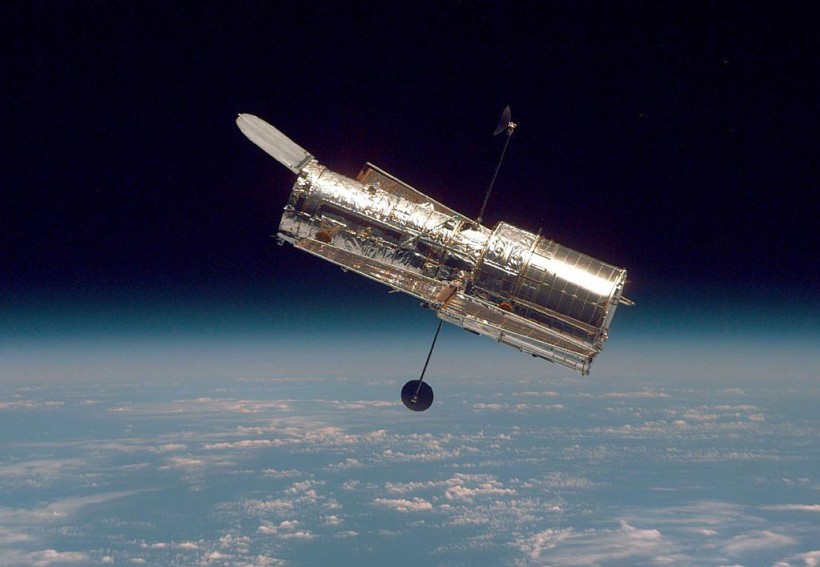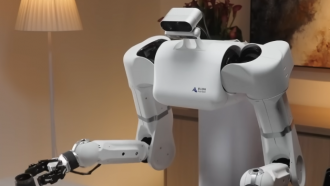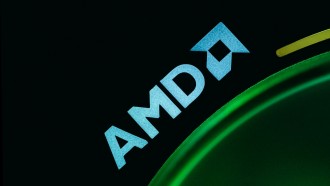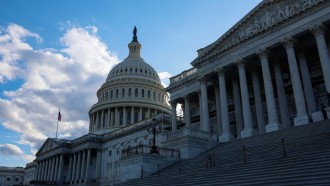NASA's Hubble Space Telescope encountered a setback on April 23, triggering an entry into safe mode due to a persistent gyroscope malfunction.
According to the space agency, the space telescope's operational health remains stable, with all instruments functioning properly despite the gyroscope issue.

NASA's Hubble Space Telescope Enters Safe Mode
The automatic transition to safe mode occurred when one of the telescope's three gyroscopes registered erroneous readings, affecting its ability to measure turn rates and orientation accurately.
In safe mode, science operations are temporarily halted as the telescope awaits further commands from mission controllers on Earth.
This recent incident echoes a similar occurrence in November when the same faulty gyro prompted Hubble to enter safe mode. NASA's team is actively engaged in troubleshooting efforts, exploring potential solutions to rectify the gyro's erratic behavior.
As a contingency plan, engineers can configure the spacecraft to operate using only one functional gyro while the problematic unit is reserved for backup.
Originally equipped with six new gyros during its final servicing mission in 2009, Hubble currently relies on three operational gyros for optimal performance. Despite the latest setback, the telescope can conduct scientific observations with just one functional gyro.
NASA anticipates Hubble's continued scientific contributions, particularly in collaboration with upcoming observatories like the James Webb Space Telescope.
Read Also: NASA Hubble Space Telescope Watches Newly Forming Star Showcasing a Grand Cosmic Lightshow
Hubble Celebrates 34th Anniversary with a Cosmic Dumbbell
In related news, Hubble recently celebrated its 34th anniversary with a captivating image of the Little Dumbbell Nebula. This nebula, also known as Messier 76, M76, or NGC 650/651, has long intrigued amateur astronomers because of its unique appearance.
The Little Dumbbell is classified as a planetary nebula. According to NASA, it originates from the outward expansion of luminous gases released by a dying red giant star.
Contrary to its name, it is unrelated to planets; its title stems from its resemblance to planetary bodies observed through early telescopes in the 1700s.
This nebula displays a central bar structure encircled by a ring, with two lobes extending outward. According to NASA, the ring was potentially created from material released by the dying star and likely influenced by a companion star's gravitational effects.
Despite this, the hypothetical companion star is absent in the Hubble image, indicating the central star might have absorbed it.
The main star collapses into a white dwarf, reaching temperatures of up to 250,000 degrees Fahrenheit—24 times hotter than the Sun's surface.
Look at this image and read more about its story here.
Related Article: NASA's Hubble Space Telescope Captures 'Butterfly Nebula' In Stunning Motion | Fun Facts About This Beautiful Space Butterfly






